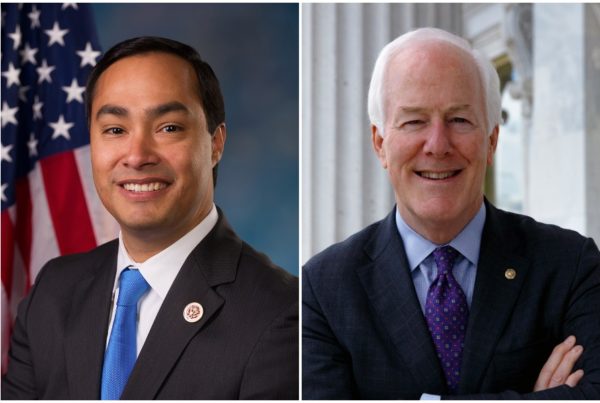Pew Research Center recently published a report showing how a majority of unauthorized immigrants in the U.S. live in one of 20 metropolitan areas. But there was another statistic within the report that was important in its own right: The number of unauthorized immigrants in the U.S. has gone down over the last decade. As of 2016, Pew estimates there were about 10.7 million, compared to about 12.2 million in 2007.
Mark Hugo Lopez is director of global migration and demography at Pew Research, and says there’s been a large decline in unauthorized immigrants from Mexico, in particular. At the same time, there’s been an increase of unauthorized immigrants from other countries, whom Lopez says have most likely overstayed their visas.
“Many of those may be from India for example, or … from Canada, Ireland, could be Russia,” Lopez says. “Unauthorized immigrants come from everywhere.”
But he says, still, a majority of the unauthorized immigrants in the U.S. are from Mexico – about half of the 10.7 million people.
What you’ll hear in this segment:
– How so-called reverse migration plays a role in the declining number of unauthorized immigrants from Mexico
– How Texas compares to other states when it comes to its number of unauthorized immigrants
– How the citizenship question on the 2020 Census could affect whether the government collects accurate population data
Written by Caroline Covington.















